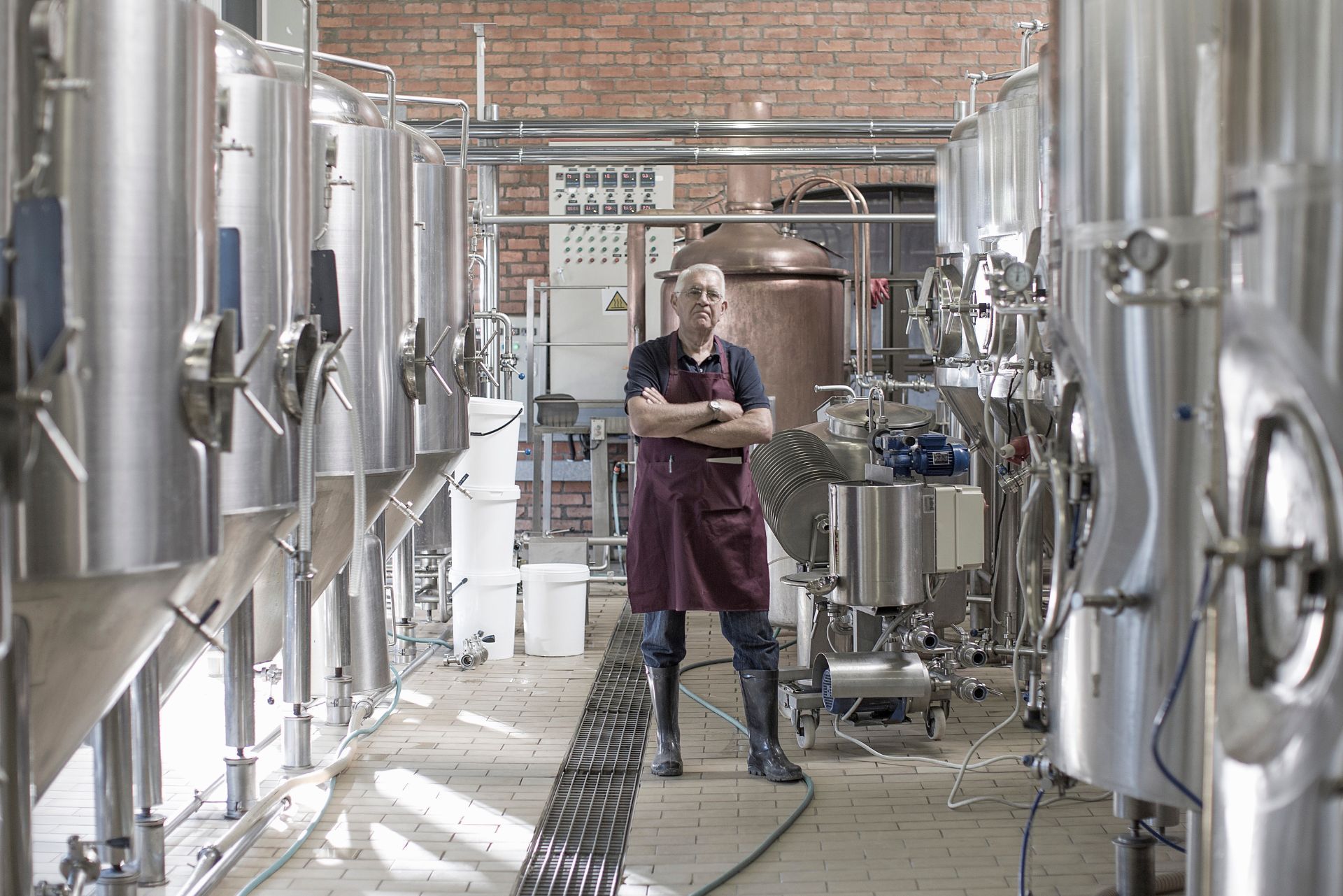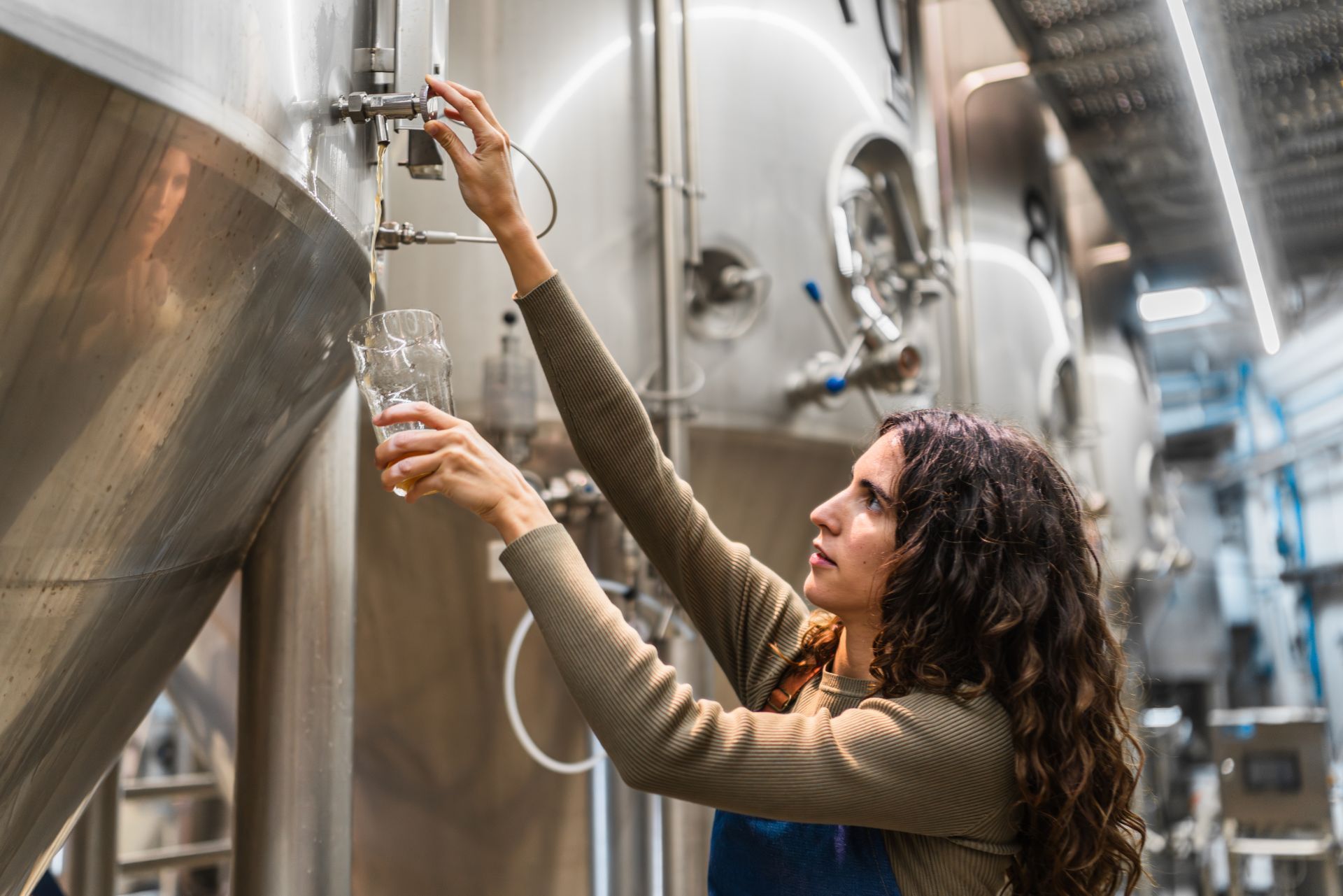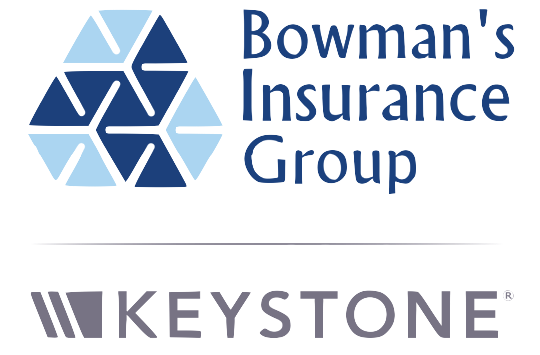Pennsylvania Brewery & Winery Insurance

See How We're Different:
Call Us: 717-838-5464
Top 3 Recommended Policies
Index
Contact Us
Craft breweries and wineries have become cornerstones of Pennsylvania’s agricultural and tourism economy. With the state’s craft breweries producing over 3 million barrels annually and generating an economic impact exceeding $5 billion in 2023, the industry is a powerhouse that demands tailored insurance solutions. Meanwhile, Pennsylvania’s wine industry contributes billions in economic activity and supports tens of thousands of jobs, making it equally vital to the state’s prosperity. For business owners in these sectors, understanding the right insurance coverage and associated costs is essential to safeguard operations, comply with regulations, and manage risks effectively. This article explores the insurance options available to Pennsylvania breweries and wineries, breaking down coverage types and cost factors to help business owners make informed decisions.
Before diving into coverage specifics, it is worth noting the recent efforts by the Shapiro Administration, which invested over $500,000 in grants to boost production and quality in Pennsylvania’s craft beer sector. This reflects growing state support for these industries and underscores the importance of protecting these valuable assets through comprehensive insurance plans. For more on these initiatives, visit the Commonwealth of Pennsylvania’s announcement.
Understanding Insurance Needs for Pennsylvania Breweries
Running a brewery involves unique risks that require specialized insurance coverage. From production to distribution, breweries face potential liabilities linked to equipment, product quality, employee safety, and customer interactions. Pennsylvania’s thriving craft beer industry, which produced over 3.1 million barrels in 2023, demands insurance policies that address these complexities.
Key Coverage Types for Breweries
General Liability Insurance is fundamental for breweries. It covers claims related to bodily injury, property damage, and personal injury that might occur on brewery premises or due to products. Given the volume of beer produced and distributed, this coverage protects against lawsuits arising from consumer injuries or property damage.
Product Liability Insurance is particularly important for breweries. It safeguards against claims related to defects or contaminants in beer that could cause harm to consumers. With Pennsylvania’s craft beer market expanding rapidly, this insurance helps mitigate risks associated with product recalls or lawsuits.
Property Insurance protects brewery buildings, equipment, and inventory from losses due to fire, theft, or natural disasters. Considering the investment in brewing equipment and storage facilities, this coverage is crucial to maintain business continuity. Breweries often house expensive fermentation tanks, kegs, and other machinery that are essential for operations, making this protection indispensable.
Workers’ Compensation Insurance is mandatory in Pennsylvania for businesses with employees. It covers medical expenses and lost wages for workers injured on the job. Breweries often involve physical labor and machinery operation, making this coverage essential. Additionally, with the rise of craft breweries, the workforce has become more specialized, requiring training and safety measures that can also influence insurance costs.
Business Interruption Insurance can be a lifesaver if unforeseen events halt production. It covers lost income and operating expenses during downtime caused by covered perils. This type of insurance is especially relevant in the brewing industry, where a single incident, such as a major equipment failure or a natural disaster, can lead to significant financial losses.
These coverage types form the backbone of brewery insurance policies. Business owners should also consider additional protections like equipment breakdown insurance, cyber liability, and liquor liability insurance tailored to alcohol-related risks. As breweries increasingly embrace technology for operations and customer engagement, the importance of cyber liability insurance grows, protecting against data breaches and online threats.
Factors Influencing Brewery Insurance Costs
Insurance premiums for breweries vary widely based on several factors:
- Production Volume: Larger breweries producing millions of barrels annually typically face higher premiums due to increased risk exposure.
- Location: Urban breweries may encounter different risks and costs compared to rural operations. For instance, urban locations might experience higher theft rates or regulatory scrutiny, impacting insurance needs.
- Claims History: A history of frequent claims can drive premiums up. Insurers assess past incidents to gauge future risks, making it crucial for breweries to maintain a clean claims record.
- Safety Measures: Breweries with robust safety protocols and employee training often benefit from lower rates. Implementing safety programs not only protects employees but can also lead to significant savings on insurance premiums.
- Coverage Limits and Deductibles: Higher coverage limits increase premiums, while higher deductibles can reduce them. Finding the right balance is key for breweries to ensure adequate protection without overextending financially.
On average, small to mid-sized breweries in Pennsylvania might expect to pay between $5,000 and $15,000 annually for a comprehensive insurance package, though costs can vary significantly. Larger operations with millions of barrels produced, like those contributing to the $5.474 billion economic impact in 2023, will likely incur higher premiums reflecting their scale and complexity. Additionally, as the craft beer scene continues to evolve, breweries must remain vigilant about their insurance needs, adapting to new risks associated with trends such as direct-to-consumer sales and innovative brewing techniques.

Insurance Considerations for Pennsylvania Wineries
Pennsylvania’s wine industry is a major economic driver, generating over $7 billion in economic activity and supporting more than 42,000 jobs across direct and ancillary sectors. With annual contributions of $1.77 billion to the state economy and $747 million in tourism revenue, wineries play a critical role in agritourism and local development. As Scott Neeley, President of the Pennsylvania Wine Association, highlights, the winery scene is a key part of agritourism with room for growth, making insurance a vital element of sustainable business planning. More details on this perspective are available at the Pennsylvania Wine Association.
Essential Coverage for Wineries
General Liability Insurance protects wineries from claims related to injuries or damages occurring on their premises. Given the influx of visitors for tastings and events, this coverage is indispensable. With the rise of experiential tourism, many wineries are expanding their offerings to include tours, food pairings, and live music events, which can increase foot traffic but also the potential for accidents or injuries. This makes it crucial for wineries to ensure they have adequate liability coverage to protect against unforeseen incidents.
Product Liability Insurance covers claims arising from wine consumption, including allergic reactions or other health issues. This is critical for wineries selling directly to consumers or distributing through retailers. As the market for organic and specialty wines grows, so does the importance of this insurance. Wineries experimenting with unique ingredients or production methods must be particularly vigilant, as they may face heightened scrutiny and liability risks associated with their products.
Property Insurance safeguards vineyards, production facilities, and inventory. Weather events can threaten grape harvests, so coverage may extend to crop insurance or specialized policies that protect agricultural assets. Pennsylvania's diverse climate can lead to unexpected frost or hail, which can devastate crops. Additionally, wineries often invest in expensive equipment for production and bottling, making property insurance a critical component of their overall risk management strategy.
Liquor Liability Insurance is often required for wineries serving alcohol on-site or at events. It protects against claims related to intoxication or alcohol-related incidents. As wineries increasingly host weddings and corporate events, the need for this coverage becomes even more pronounced. Ensuring that guests enjoy their experience responsibly is not only a legal obligation but also a key aspect of maintaining a positive reputation in the community.
Workers’ Compensation Insurance covers employees involved in vineyard maintenance, production, and hospitality services. The seasonal nature of vineyard work means that wineries often employ temporary staff, which can complicate workers' compensation needs. Proper coverage is essential to protect both the winery and its employees, especially during peak harvest seasons when the risk of workplace accidents may increase.
Business Interruption Insurance helps wineries manage financial losses due to disruptions like severe weather or equipment failure. This type of insurance becomes particularly important in a climate where extreme weather events are becoming more frequent. Wineries that rely on consistent production schedules must be prepared for the unexpected, ensuring they can maintain operations even when faced with challenges.
Wineries may also invest in research and development, supported by funding and commodity group initiatives recognized by the Pennsylvania Department of Agriculture. This can influence insurance needs related to experimental production techniques or new product lines. As wineries innovate and adapt to changing consumer preferences, they may encounter new risks that necessitate tailored insurance solutions.
Cost Factors for Winery Insurance
Insurance costs for wineries depend on:
- Size and Scale: Larger vineyards and production volumes increase risk and premiums.
- Tourism Activity: Wineries hosting frequent events or large crowds may face higher liability risks.
- Location and Climate: Pennsylvania’s variable weather can affect crop insurance and property risk.
- Risk Management Practices: Safety protocols, employee training, and security measures can reduce premiums.
- Coverage Scope: Inclusion of crop insurance or specialized liquor liability affects overall costs.
Annual insurance costs for wineries can range from $7,000 to $20,000 or more, depending on these factors. Given the industry’s $1.77 billion contribution to the state economy and its reliance on tourism, investing in comprehensive coverage is a prudent business decision. For more on the economic impact and employment supported by Pennsylvania’s wine industry, visit
WineAmerica’s study.
Specialized Insurance Options and Emerging Trends
Both breweries and wineries face evolving risks that require adaptive insurance solutions. The Pennsylvania Department of Agriculture recognizes these industries as commodity groups, funding research into grape growing and winemaking, which can influence insurance needs. As an industry expert noted at a Penn State conference, this research support helps businesses innovate while managing risks effectively. More on this can be found at abc23.com.
Crop and Equipment Insurance
For wineries, crop insurance is a critical component due to the vulnerability of grape harvests to weather, pests, and disease. Equipment insurance protects costly machinery used in both brewing and winemaking processes, covering repairs or replacements.
Liquor Liability and Event Insurance
With many breweries and wineries hosting tastings, festivals, and private events, liquor liability insurance is essential. This coverage protects against claims related to alcohol consumption, including accidents or injuries linked to intoxicated guests. Event insurance can also cover cancellations or property damage during hosted functions.
Cyber Liability Insurance
As these businesses increasingly utilize digital platforms for sales, marketing, and customer engagement, cyber liability insurance is becoming more relevant. It protects against data breaches, hacking, and other cyber risks that could disrupt operations or compromise customer information.
Breaking Down Insurance Costs: What to Expect
Understanding the cost structure of brewery and winery insurance helps business owners budget effectively. Premiums are influenced by risk exposure, coverage limits, deductibles, and business size.
| Coverage Type | Typical Annual Cost Range | Key Cost Drivers |
|---|---|---|
| General Liability | $1,000 - $5,000 | Business size, visitor volume, location |
| Product Liability | $2,000 - $10,000 | Production volume, product risk profile |
| Property Insurance | $1,500 - $7,000 | Value of buildings, equipment, inventory |
| Workers’ Compensation | $1,000 - $5,000 | Number of employees, job risk level |
| Liquor Liability | $1,000 - $6,000 | Alcohol sales volume, event frequency |
| Business Interruption | Varies | Coverage limits, risk exposure |
These ranges provide a general framework. Actual costs depend on individual business profiles and insurer underwriting criteria.

Why Tailored Insurance Matters for Pennsylvania’s Craft Beverage Industry
With Pennsylvania’s craft breweries and wineries contributing billions to the state economy and supporting tens of thousands of jobs, protecting these businesses is vital. The craft beer sector alone generated an economic impact of $5.474 billion in 2023, while the wine industry supports over 42,000 jobs and generates $747 million in tourism revenue annually. These figures highlight the scale and importance of these industries to Pennsylvania’s economic health.
Tailored insurance policies help mitigate risks unique to beverage production, distribution, and hospitality. They also provide peace of mind, enabling business owners to focus on growth and innovation. The recent injection of state grants aimed at boosting production and quality in craft beer signals a positive outlook for these industries, making insurance an essential part of long-term planning.
For more information on the economic impact of Pennsylvania’s craft beer industry, visit the
Commonwealth of Pennsylvania’s official site.
Frequently Asked Questions
Q: Is workers’ compensation insurance mandatory for breweries and wineries in Pennsylvania?
A: Yes. Pennsylvania law requires businesses with employees to carry workers’ compensation insurance to cover workplace injuries.
Q: What is liquor liability insurance and why do I need it?
A: Liquor liability insurance protects your business against claims related to alcohol consumption, such as injuries or damages caused by intoxicated patrons. It is essential for any brewery or winery that serves alcohol on-site.
Q: Can I get insurance coverage for crop losses at my vineyard?
A: Yes. Crop insurance is available to protect vineyards from losses due to weather, pests, or disease, helping to safeguard your investment.
Q: How do production volume and tourism affect my insurance premiums?
A: Higher production volumes increase product liability risk, while tourism and events raise general liability exposure. Both factors typically lead to higher premiums.
Q: Are there grants or state programs that support craft breweries and wineries in Pennsylvania?
A: Yes. The Shapiro Administration recently announced grants totaling over $500,000 to support craft beer production, sales, and quality improvements. Wineries also benefit from state-funded research and commodity group support.
Q: How can I lower my insurance costs?
A: Implementing strong safety protocols, employee training, and risk management practices can help reduce premiums. Working with an experienced insurance agent to tailor coverage to your specific needs also helps optimize costs.
Q: Do breweries and wineries need cyber liability insurance?
A: As these businesses increasingly rely on digital tools, cyber liability insurance is recommended to protect against data breaches and cyberattacks.
Choosing the right insurance coverage is a critical step for Pennsylvania breweries and wineries. With the right policies, these businesses can protect their assets, comply with regulations, and continue contributing to the state’s vibrant craft beverage economy.



